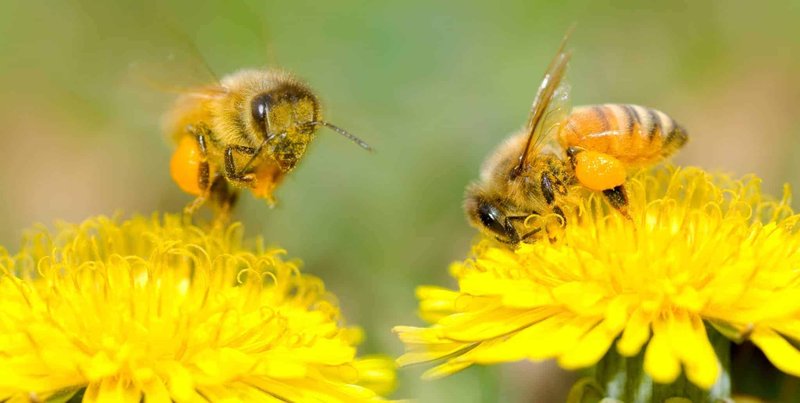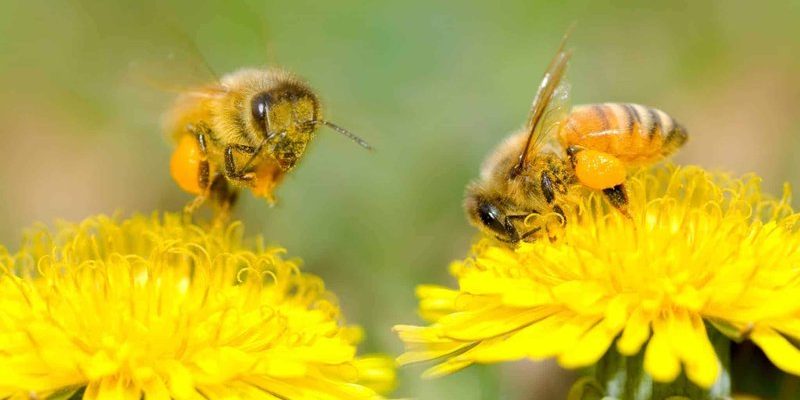
Imagine for a moment a bustling, underground city of termites, where every member has a job that contributes to the greater good. It’s a little like a well-oiled machine, with each insect pulling its weight to keep things running smoothly. Let’s dive into the world of termites and explore not just their infamous wood-eating habits, but also the pollination and other vital jobs they perform.
What Are Termites and Their Role in the Ecosystem?
Termites belong to the order Isoptera, and they’re often mistaken for ants. In reality, these little insects are more closely related to cockroaches! There are over 2,600 species of termites worldwide, and they can be found in every part of the globe except Antarctica. The key thing to understand about termites is that they are social insects that live in colonies, which can range from a few hundred individuals to millions, depending on the species.
One of the main roles termites play in the ecosystem is decomposition. They break down dead plant material, particularly wood, returning vital nutrients to the soil. By doing this, they help in creating rich, fertile ground, which is essential for plant growth. In simpler terms, think of them as nature’s recyclers, taking what’s no longer needed and turning it into something beneficial.
Pollination: A Surprising Job of Termites
You might be surprised to learn that some termite species are involved in pollination. Yes, you read that right! While they may not be the first insects you think of when it comes to pollinators (bees and butterflies typically take the spotlight), termites contribute to the pollination of certain plants.
Here’s the thing: termites can carry pollen on their bodies as they move from one place to another. When they tunnel through the soil and leaf litter, they can inadvertently pick up pollen and transfer it between plants. This process helps plants reproduce and grow, showcasing yet another important role termites play in maintaining biodiversity.
How Termites Help Plants
When termites move through the ecosystem, they inadvertently help in the plant kingdom by assisting with fertilization. Certain plants have adapted to rely on these little creatures for reproduction. By pollinating flowers, termites help in creating fruits and seeds, which are essential for plant life.
By fostering the growth of plants, termites indirectly support other wildlife species, including those who depend on plants for food and shelter. This interconnectedness illustrates how every creature, no matter how small, has significance in maintaining ecological balance.
Decomposers: Beyond Just Wood-Eating
Now, let’s go back to the wood-eating reputation that termites have. Yes, they munch on wood, which can be a problem for homeowners. However, this behavior is essential for their survival and the environment. Termites help decompose dead and decaying trees, returning nutrients to the soil.
By breaking down complex materials like cellulose, which is found in plant cell walls, termites recycle nutrients and make them accessible to other organisms. Without their work, dead trees and plant matter would accumulate, leading to a less healthy ecosystem. So, while you may want to keep them away from your house, it’s important to recognize their contribution to soil health.
The Importance of Microorganisms in Termite Digestive Processes
Termites have a unique digestive system that allows them to break down cellulose effectively. They rely on microorganisms, such as bacteria and protozoa, residing in their guts. These tiny helpers break down the hard-to-digest cellulose, allowing termites to derive essential nutrients.
What’s even more fascinating is that during this process, termites also help in the distribution of these microorganisms into the environment. As they digest wood and other plant materials, they excrete nutrient-rich droppings, which can promote the growth of plants nearby. This interaction between termites and microorganisms plays a crucial role in nutrient cycling in ecosystems.
Termite Mounds: Nature’s Engineering Marvels
If you’ve ever seen a termite mound, you might think it’s just a pile of dirt. But in reality, these structures are incredible feats of engineering. Termites build mounds that can reach several feet in height, creating complex ventilation systems that help regulate temperature and humidity within their colonies.
These mounds also serve as habitats for various other organisms, including insects, fungi, and even small mammals. The construction of termite mounds contributes to soil aeration, promoting healthy ecosystems. When it rains, water can seep into the ground more effectively, benefiting nearby plant life.
Termites and Soil Fertility
Have you ever noticed how lush and green areas with termite activity tend to be? That’s not just a coincidence! Termites significantly influence soil fertility, primarily through their decomposition and tunneling activities. As they break down organic matter and mix it into the soil, they enhance its nutrient content.
This process is vital for agriculture and gardening. Farmers sometimes even use termite activity to their advantage, fostering a healthy environment for crops. In a way, termites act as natural fertilizers, promoting growth and improving the overall health of the land.
So, the next time you encounter a termite, whether in your home or in the wild, remember that there’s much more to them than their reputation for destruction. Termites are multi-talented creatures that contribute to pollination, decomposition, soil fertility, and more.
By understanding their roles, we can appreciate the complexity of ecosystems and the interconnectedness of all living things. While it’s important to keep termites away from our homes, embracing their contributions to nature allows us to see them in a new light. They may be small, but their impact is nothing short of significant, making them a crucial part of our world.

